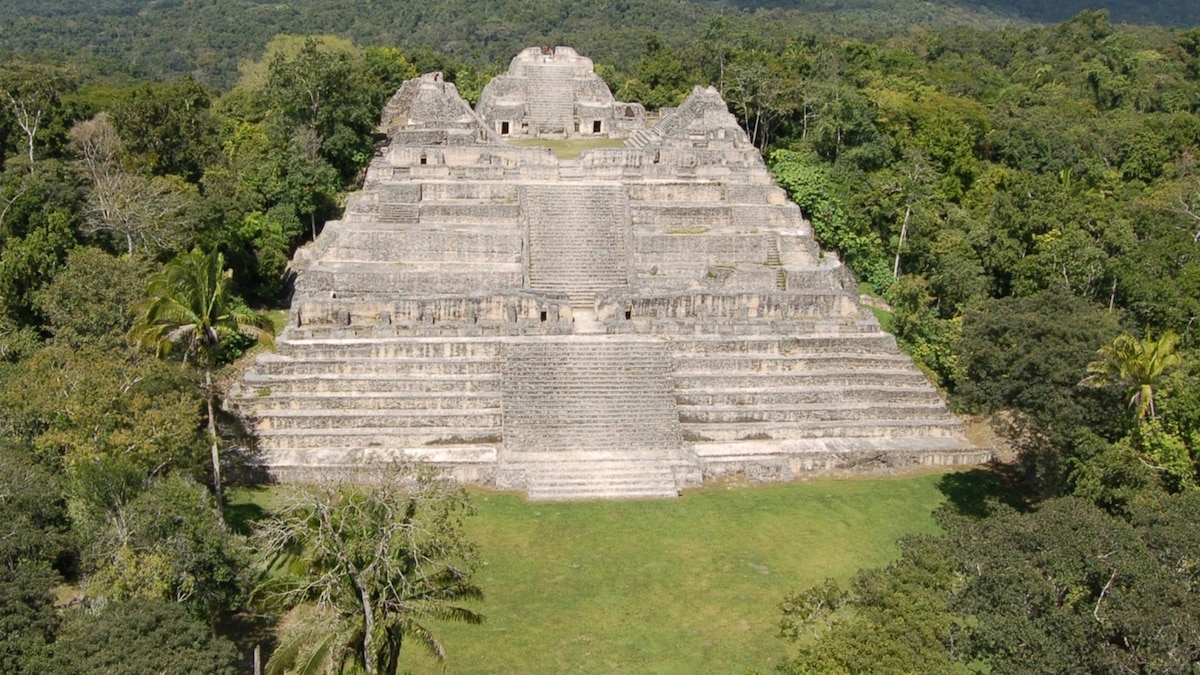Now Reading: Scientists Unearth Maya King’s Tomb and Hidden Treasures-Mystery Surrounds His Identity
-
01
Scientists Unearth Maya King’s Tomb and Hidden Treasures-Mystery Surrounds His Identity
Scientists Unearth Maya King’s Tomb and Hidden Treasures-Mystery Surrounds His Identity

Rapid Summary
- archaeologists Diane and Arlen Chase excavated a tomb in Caracol,Belize,believed to be 1,700 years old and possibly the resting place of the Maya city’s founding king,Te K’ab Chaak.
- The tomb was discovered with notable artifacts including jade beads carved with spider monkey faces, smashed jade masks, pottery with royal iconography, three sets of ear ornaments made of jadeite (a rarity), and cinnabar-coated chamber walls signifying royalty.
- Inscriptions or DNA evidence identifying the founder are absent. Timing based on pottery typology and stratigraphy is cited as evidence aligning the burial with Te K’ab Chaak’s reign from A.D. 331 to approximately A.D. 460.
- An elderly skeleton inside exhibited dental resorption; researchers believe it collapsed post-burial due to a decayed wooden pallet beneath it.
- Connections between Caracol and Teotihuacan are suggested through findings like cremation burials (uncommon among Maya but prevalent in Teotihuacan) and green obsidian blades presumed from Mexico’s central highlands-possibly indicating earlier interactions than the known military entrada at Tikal in A.D. 378.
- Critics caution against confirmed ties without stronger evidence linking these discoveries directly to Teotihuacan or its culture.
- Researchers plan further tests including DNA extraction for identity confirmation.
Indian Opinion Analysis
the discovery at Caracol is significant for enriching knowledge about early Mesoamerican civilizations’ power dynamics while demonstrating advancements in archaeological methodology that combine physical artifacts with scientific dating techniques like radiocarbon analysis to piece together history. although claims regarding Te K’ab Chaak’s identity remain speculative pending DNA verification or glyphic inscription discovery as highlighted by critics such as Stephen Houston, this unearthed burial underscores how material culture-from pottery styles to jade adornments-provides indirect insights into social hierarchies.
For India’s archaeological community seeking global benchmarks for ancient civilization studies-for instance connections among harappan trade networks-the findings highlight the depth achievable when excavations integrate hypothesis-driven scrutiny within localized contexts tied collectively towards larger city-to-city influence patterns over time similar nuanced relations trading bridged locally decisive future state forms contextualizing varied buried codes cipher learn read India Position(‘





